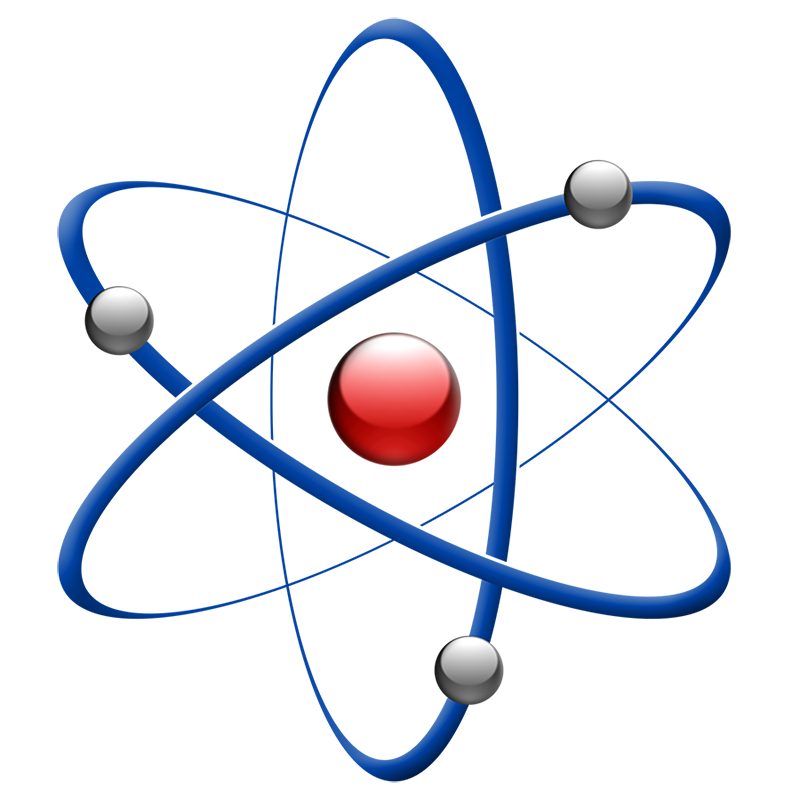Celebrating 26 Years 1999-2025
Flow Measurement
CMC Technologies provides a complete range of flow measurement technologies.
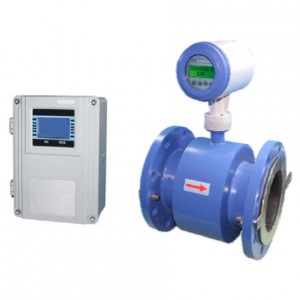
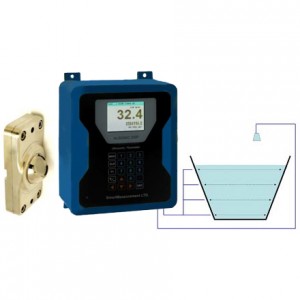
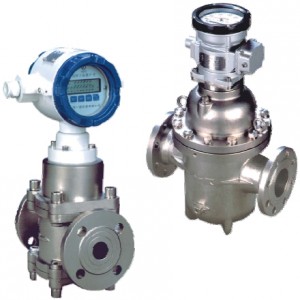
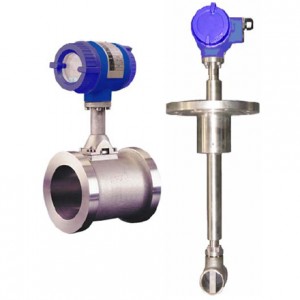
These flowmeters include Electromagnetic – Magflow meters, Ultrasonic Flow Meters, Thermal Mass Flow Meters and Thermal Mass Flow Switches, Coriolis mass flow meters, delta-tubes & averaging pitot tubes, open channel flow meters, orifice plates, positive displacement flow meters, turbine flow meters, paddle wheel flowmeters, variable area flow meters, venturi flow meters and vortex flow meters.
Ultrasonic Flow Meters
An ultrasonic flow meter is a form of non-intrusive volumetric flow measuring device which utilises sound waves. (transient time or doppler flow meters)Ultrasonic flow meters offer a number of advantages over other flow measuring technologies. The most distinct of these advantages is the non-invasive nature of ultrasonic measuring technique: fluid flow can be measured by clamping a pair of transducers onto the outside of the pipe without contacting the measured fluid.
This installation method, unique among flow metering technologies, allows ultrasonic flow meters to be used in applications where the process cannot be shut down and/or the pipe cannot be cut for installation. Clamp-on flow meters also cause no pressure drop, suffer no mechanical wear and tear, allow for bi-directional measurement, and provide the ability to pass unlimited solids past the meter without damage.
Fluid velocity is measured by sending an ultrasonic pulse from an upstream transducer to a downstream transducer and back again. The measured difference in the amount of time that each pulse takes to traverse the pipe is directly proportional to the mean fluid velocity. Our ultrasonic flowmeters use this measured velocity to calculate the liquid flow rate based on user-entered information about the process application.
CMC Technologies provides a variety of both portable and fixed ultrasonic flow meters to suit almost every application.
· Smart Measurement Ultrasonic Flow Meters – Transient time and Doppler
· CMC Technologies Ultrasonic Flow Meters – Transient Time
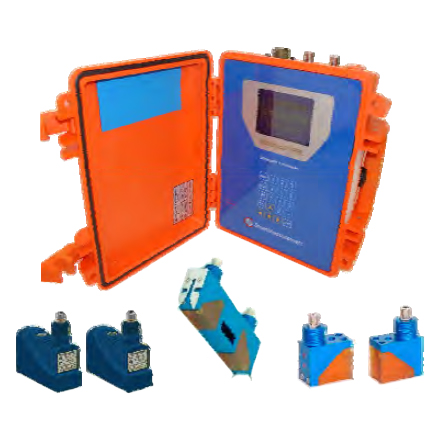
INTERESTED OR HAVE QUESTIONS? GET IN TOUCH WITH US NOW!
Electromagnetic Flow Meters
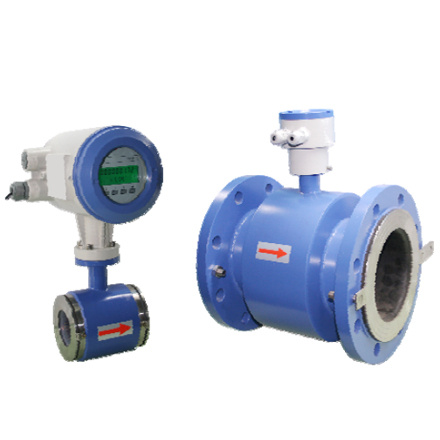
An electromagnetic flow meter (or mag flow meter) applies a magnetic field to the metering tube resulting in a potential difference proportional to the flow velocity perpendicular to the flux lines. The magnetic flow meter requires a conducting fluid and an electrical insulating pipe surface, for example, a rubber-lined steel tube.
Magnetic flowmeters offer a number of practical advantages over traditional flow metering technologies which employ mechanical measuring techniques. Our magnetic flow meter does not contain any moving parts, rotating gears or turbines, or bearings. Instead, it relies on two electrodes to measure the density of the induced magnetic field that results from an electrically conductive fluid, such as water, flowing through a pipe. The density of the magnetic field is directly proportional to the fluid velocity of the flowing liquid.
CMC Technologies can provide mag flow meters for tap-water, wastewater, food & beverage, pulp & paper, conductive liquids with high operating pressure and many other applications.
INTERESTED OR HAVE QUESTIONS? GET IN TOUCH WITH US NOW!
Delta-Tubes & Averaging Pitot Tubes
The Delta Tube ® is a low cost, low maintenance, high accuracy flow sensor for use on steam, gas and liquid flow applications. Manufactured based on proven design of Mid-West, USA, these are rugged in construction, and simple to install. The flow sensor is a multi-ported averaging pitot tube which spans the entire flow profile and produces differential pressure which has square root relationship with flow rate. Based on pipe or duct size the Delta Tube is constructed so that strategically located sensing ports continually sample the impact and static pressures produced by the Delta tube’s obstruction of the flow stream profile.
Within the probe the impact pressures sensed by the upstream are continually averaged in an isolated plenum chamber. Similarly, the static pressures sensed by the downstream ports are averaged in a second isolated plenum chamber. All conventional secondary instruments can be used for direct measurement, or transmission of the differential pressure produced by the Delta Tube which is proportional to square of flow rate.
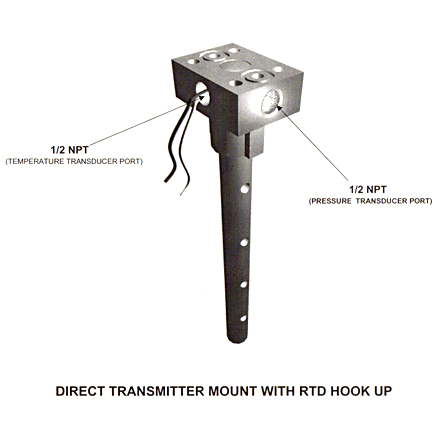
INTERESTED OR HAVE QUESTIONS? GET IN TOUCH WITH US NOW!
Orifice Plates
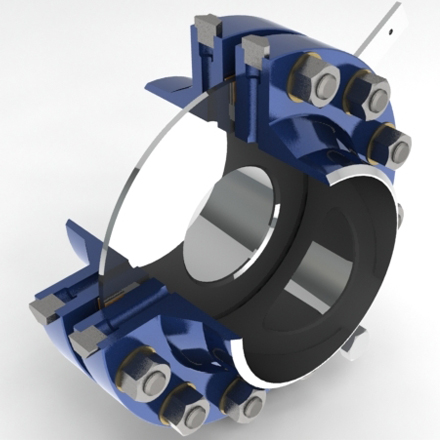
Orifice plates, or orifice primary flow elements, flange unions, and holding blocks offer lower capital investment and ease of replacement. The technologies are field-proven and well suited for a variety of applications.
The orifice plate is one of the most common differential producer type flow elements for measuring clean liquids, gases, and low-velocity vapor (steam) flow. The design offers optimum flexibility ideal for applications with many diverse existing piping schemes, and require considerably lower investment for the initial purchase of equipment. The orifice plate also has the advantage of relatively easy and low-cost replacement.
INTERESTED OR HAVE QUESTIONS? GET IN TOUCH WITH US NOW!
Thermal Mass Flow Meters
- Insertion Type – Integral or remote electronics
- Inline Type – Integral or Remote Electronics (also as flow switches)
- Hazardous (IECEX) or Non-Hazardous Applications
- Thermal Mass Gas Flow Measurement.
- High Accuracy 100:1 Turndown
Eldridge Products, Inc. (EPI™) manufactures the Master-Touch™ and ValuMass™ thermal mass flow meters and flow switches for the measurement of virtually any gas or gas mixture. These flow meters provide a direct mass flow measurement.
Constant temperature thermal mass flow meters, such as those produced by EPI™, are thermal mass flow meters (heat loss). Constant temperature thermal mass flow meters require two active sensors (typically platinum RTD’s) that are operated in a balanced state. One acts as a temperature sensor reference; the other is the active heated sensor. Heat loss produced by the flowing fluid tends to unbalance the heated flow sensor and it is forced back into balance by the electronics. With this method of operating the constant temperature sensor, only the skin temperature is affected by the fluid flow heat loss. This allows the sensor core temperature to be maintained and produces a very fast response to fluid velocity and temperature changes. Additionally, because the power is applied as needed, the system has a wide operating range of flow and temperature. The heated sensor maintains an index of overheat above the environmental temperature sensed by the unheated element. The effects of variations in density are virtually eliminated by molecular heat transfer and sensor temperature corrections. These meters typically have an effective turndown ratio of 100:1 when properly sized.
EPI do flow calibrations using a variety of gases in order to match our customers’ needs. Any gas that is not specifically on our list can in most cases be substituted with another gas or mixture of gases.
Gases on our list include Air, Argon, Ethylene, Ethane, Propane, Methane, Carbon Dioxide, Helium, Nitrogen. Methane is used as a substitute gas for Natural Gas. Air is used as a substitute gas for Oxygen. Other mixes determined based on customer gas composition
The measurement of gas flows can be an integral part of plant and process operation, a requirement for environmental reporting, a part of energy and cost savings efforts, or all three. It can also be a challenge to do it properly! However, since 1988 EPI™ has designed, assembled and calibrated flow meters that are accurate, economical and reliable for applications and installations throughout the US and around the world — and EPI™ has maintained its position as an industry leader for almost 30 years with a reputation for innovation and quality in all of our product lines. CMC Technologies is the official exclusive distributor for Eldridge in Australia. Our Master-Touch™ and ValuMass™ flow meters offer solutions for a wide variety of flow measurement needs:
- HVAC
- compressed air audits
- natural gas submetering
- boiler efficiency
- manufacturing process control
- water and wastewater treatment
- landfill gases
- and many more . . .
· Eldridge (EPI) Thermal Mass Flow Meters – Also for Hazardous areas with IECEx approvals
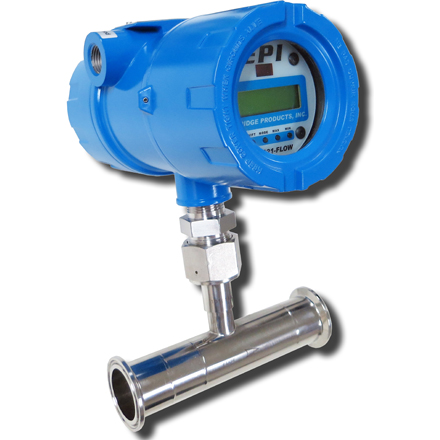
INTERESTED OR HAVE QUESTIONS? GET IN TOUCH WITH US NOW!
Thermal Mass Flow & Level Switches
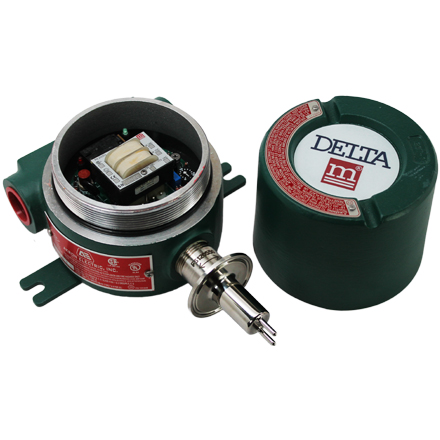
Thermal mass flow switches for the detection of the mass flow rate of liquids and gases, designed and manufactured by Delta M Corporation. Delta M also produces a thermal switch for level or temperature detection of liquids or gases.
· Delta M Thermal Mass Flow and Level Switches
Thermal Mass Flow Switches are traditionally used for the following applications:
- Pump Protection
- Analytical Sample Confirmation
- Safety Shower Monitoring
- Heat Transfer Fluid Monitoring
- Rotating Equipment Lubrication
- Safety Relief Valve Monitor
- Exhaust/Air Purge Monitor
- Dry Line Indication
- Gas Booster Flow Monitor
- Chemical Injection Monitor
- Cooling Water Flow Monitor
- Dual Flow Rate Controller
- Fire Suppression System Monitor
- Flow Confirmation Monitor
- Soot Blower Feed Water Monitor
- Vapor Recovery Monitor
- Air Handling System Monitor
- Sanitary Cleaning System Monitor
- Food & Beverage Liquid Flow Switch
INTERESTED OR HAVE QUESTIONS? GET IN TOUCH WITH US NOW!
Venturi Flow Meters
The patented HVT-Halmi Venturi Flow Element designed, developed, and perfected by Dezsoe Halmi, founder of Primary Flow Signal (PFS), is offered exclusively by the company for the highest accuracy and reliability for flow measurement of pressurized line fluids, including liquids, gases, and steam, as well as high-viscosity line fluids, solids-bearing line fluids, and harsh or contaminated line fluids.
This HVT Venturi is available in a variety of ruggedized configurations, including a cast iron pressure vessel, fabricated (welded) metal pressure vessel, plastic insert style, welded insert, and welded-in pressure vessel. Additionally, the HVT Venturi is offered cast in place (usually concrete and typically rectangular) depending upon application requirements.
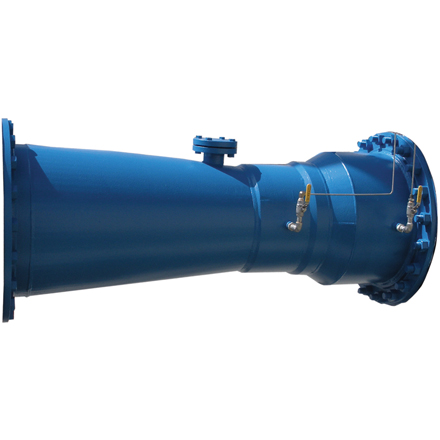
INTERESTED OR HAVE QUESTIONS? GET IN TOUCH WITH US NOW!
Turbine Flow Meters
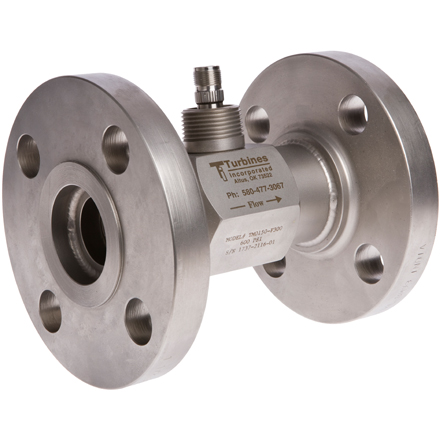
In-line turbine flow meters (installed within a length of pipe), and wafer turbines (for insertion between two pipe flanges) from Turbines, Inc. TI’s in-line and wafer-style turbine meters are ruggedised, stainless steel, precision machined, and can be quoted with CD4MCu and/or 416 stainless steel rotors.
INTERESTED OR HAVE QUESTIONS? GET IN TOUCH WITH US NOW!
Lorric Paddle Wheel Flow Meters
Made in Taiwan and featuring the patented AxleSense technology, the FP-AS510 has a measuring range that doubles that of other brands, that allows for the detection of any disappearance of the paddle which tends to cause zero-flow problems, on top of large indicator lights and a large screen that allows for more convenient on-site supervision.
Applicable for
PCB wet process | Panel industry | Semiconductor | Water treatment | Food Manufacturing | Dyeing | Chemical industry | Waste water without large particle
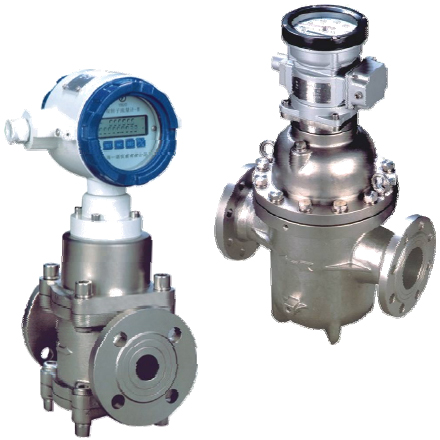
INTERESTED OR HAVE QUESTIONS? GET IN TOUCH WITH US NOW!
Positive Displacement Flow Meters
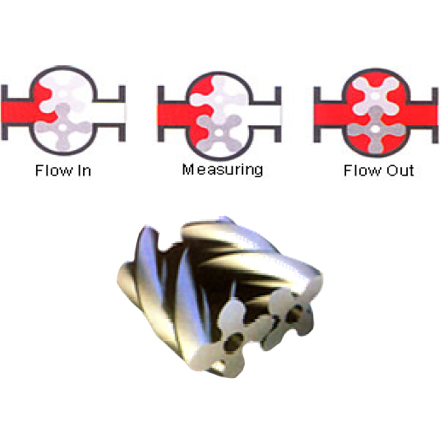
Positive Displacement Flowmeters, which employ one of the oldest-known flow measurement techniques, are widely used in industry and have one of the largest install bases of any flow meter technology.
Positive Displacement Flowmeters feature two precisely machined rotating members inside a measuring chamber of known volume which may be used to accurately determine volumetric flow rate as a function of the rotors’ velocity.
INTERESTED OR HAVE QUESTIONS? GET IN TOUCH WITH US NOW!
Open Channel Flow Meters
Open channel flow meters use a system including an area-velocity meter used in conjunction with a user-supplied level transmitter to measure flow rates as with SmartMeasurement’s ALSONIC-AVM system. The ALSONIC-AVM consists of an advanced DSP-based flow computer and four transducers. It uses the transit time difference of ultrasonic sound pulses to measure the open channel flow velocity.
The ultrasonic pulses are transmitted upstream and downstream across the channel at an angle α between the flow direction and the sonic wave path, with the difference in the sonic wave’s transit time being directly proportional to the liquid velocity. The ALSONIC-AVM may be used in rectangular, circular, trapezoidal or other shaped channels. Since the transducers create almost no restriction, virtually no head loss is created.
The advanced DSP-based flow computer with cross-correlation and FFT technology allows this system to work in the most difficult applications, including those involving liquids with high concentrations of suspended solids & air or a large noise component.
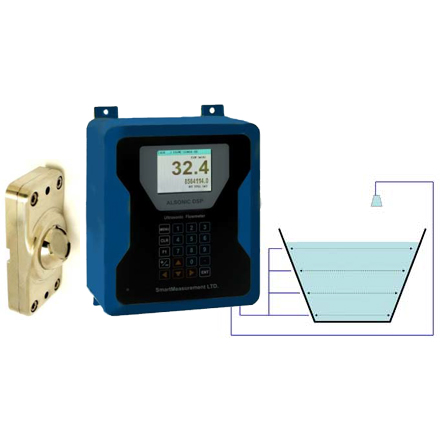
INTERESTED OR HAVE QUESTIONS? GET IN TOUCH WITH US NOW!
Coriolis Mass Flow Meters
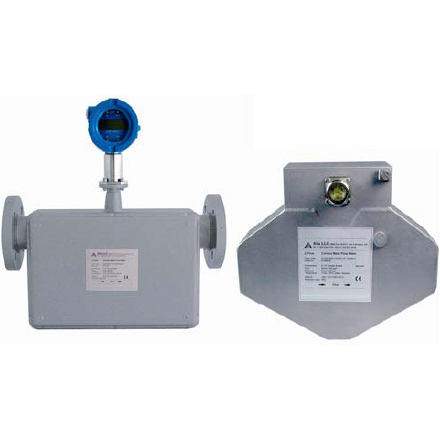
Coriolis flow meters rely on the Earth’s Coriolis effect to measure fluid mass flow rates. Inside the flow body of a SmartMeasurement Coriolis meter, flow is diverted into two parallel sensor flow tubes, which are vibrated in opposition to one another by an energized drive coil. The mass flow meter’s phase shift, measured by Hall Effect sensors mounted at the sensor tubes’ inlet and outlets, is caused by the Coriolis effect and is directly proportional to the mass of the media flowing through the tubes. Thus, the Coriolis flow meter is a true mass flow meter.
In addition to providing a direct mass flow reading, SMC’s Coriolis flow meters offer a number other advantages. Perhaps the biggest of these advantages is their multi-parameter measurement capability. SmartMeasurement Coriolis meters provide direct mass and volumetric flow rates, process temperature, and density readings.
These liquid flow meters also provide inferred readings for density-dependent parameters such as water-in-oil percentage, degrees Brix, and degrees Baume. Another advantage of SMC’s Coriolis flow meters is that they require no straight pipe runs upstream or downstream of the meter.
INTERESTED OR HAVE QUESTIONS? GET IN TOUCH WITH US NOW!
Vortex Flow Meters
Vortex flow sensing technology relies on measuring the number of vortex pulses generated by a bluff body immersed in the flow stream. A piezo-electric sensor mounted outside of the fluid flow serves as a transducer to convert the vortex pules into electrical pulses which are then counted and converted into useful engineering units by the microprocessor in the meter’s display module. By utilizing a design that is free of moving parts and having a transducer that is isolated from the process fluid, the vortex meter offers a number of advantages including low pressure drop, long service life, good particle tolerance, and compatibility with a wide array of fluids.
Vortex technology is one of the few flow measurement techniques that is capable of measuring liquids, compressed gases, and steam. SMC’s ALVT Series meters are available for line sizes ranging from ½” through 20″ and are offered with in-line flanged or wafer style mounting as well as insertion-type with an optional hot-tap ball valve. The ALVT may be calibrated for liquid, gas, or steam service and is available with integrated temperature and pressure measurement for performing compensated mass-flow calculations.

INTERESTED OR HAVE QUESTIONS? GET IN TOUCH WITH US NOW!
Variable Area Flow Meters
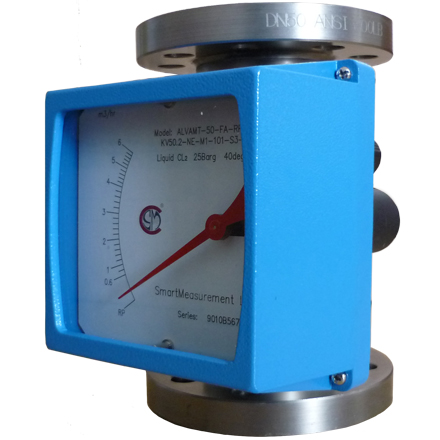
Metal tube variable area flow meters, or rotameters, such as the rugged ALVAMT from Smart Measurement, are ideal for high pressure, high temperature and other demanding flow applications where safety is a concern.
Features include: mechanical readouts for use in locations where power is not available or in hazardous areas; analog and digital LCD local display options, multiple process connection options; several available materials of construction for metering of aggressive fluids and corrosion resistance; and HART enabled 4-20mA output to provide for remote monitoring and control.
The ALVAMT’s excellent repeatability makes it a good choice for batching applications. For versions without electronic output, no power supply is required. The ALVAMT’s low-pressure drop provides additional value by allowing for economical pump selection.
INTERESTED OR HAVE QUESTIONS? GET IN TOUCH WITH US NOW!
